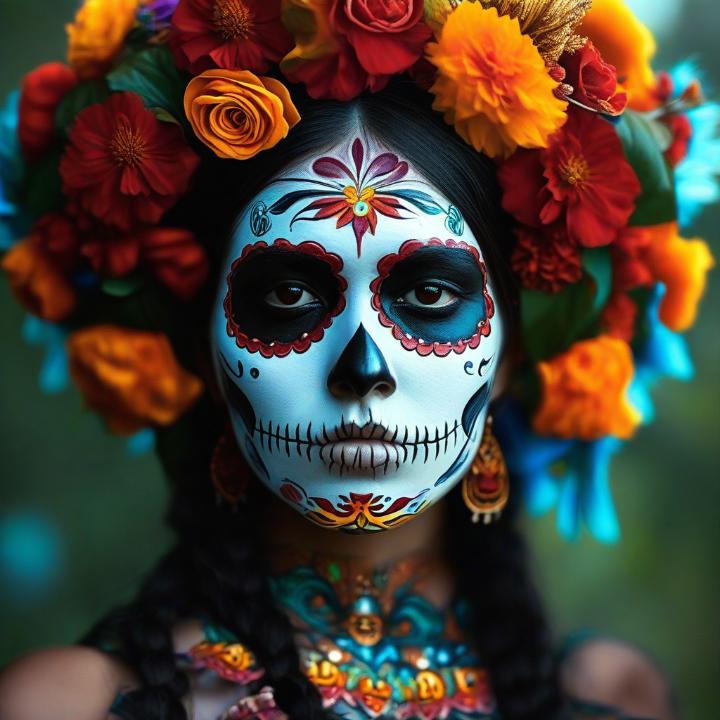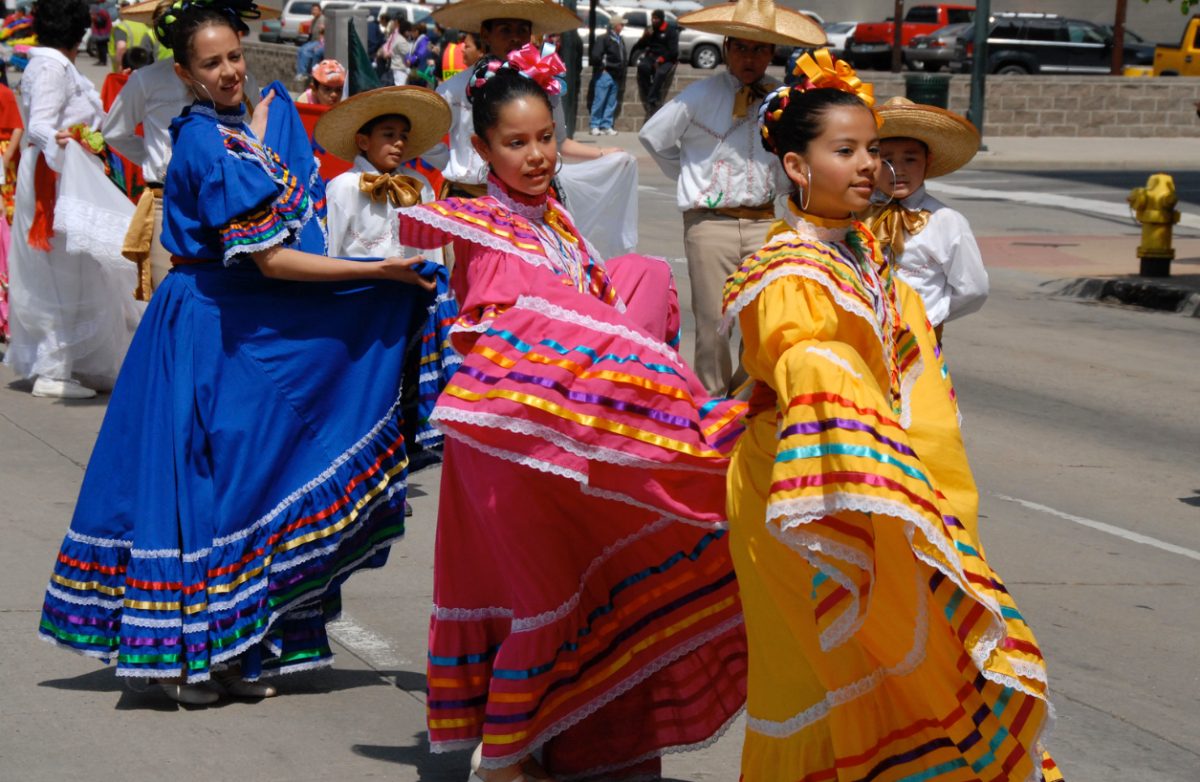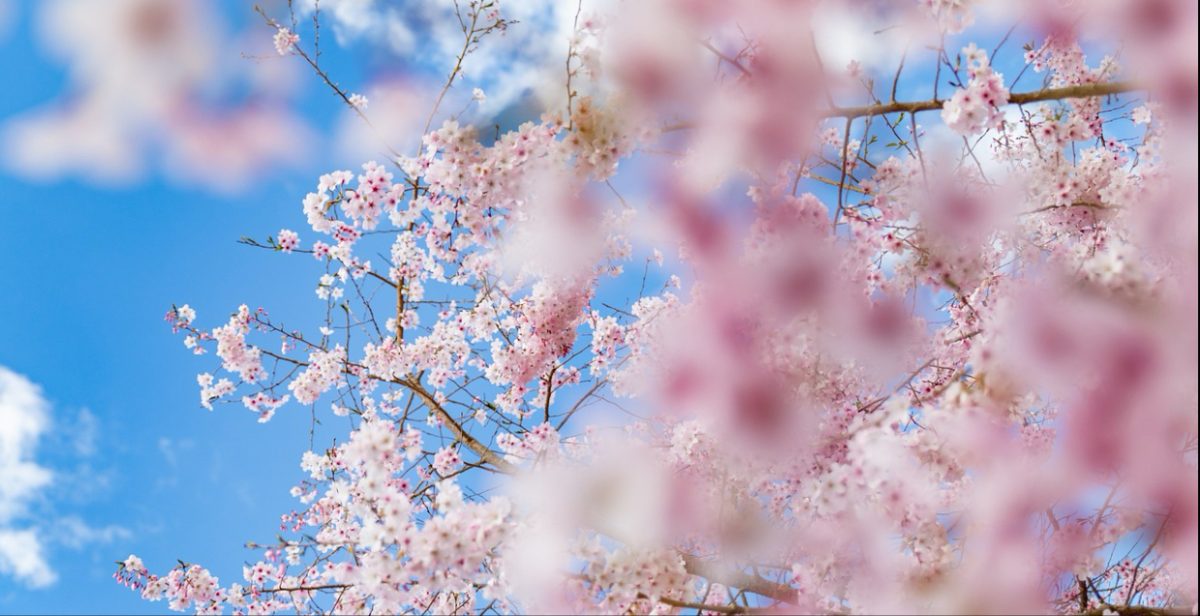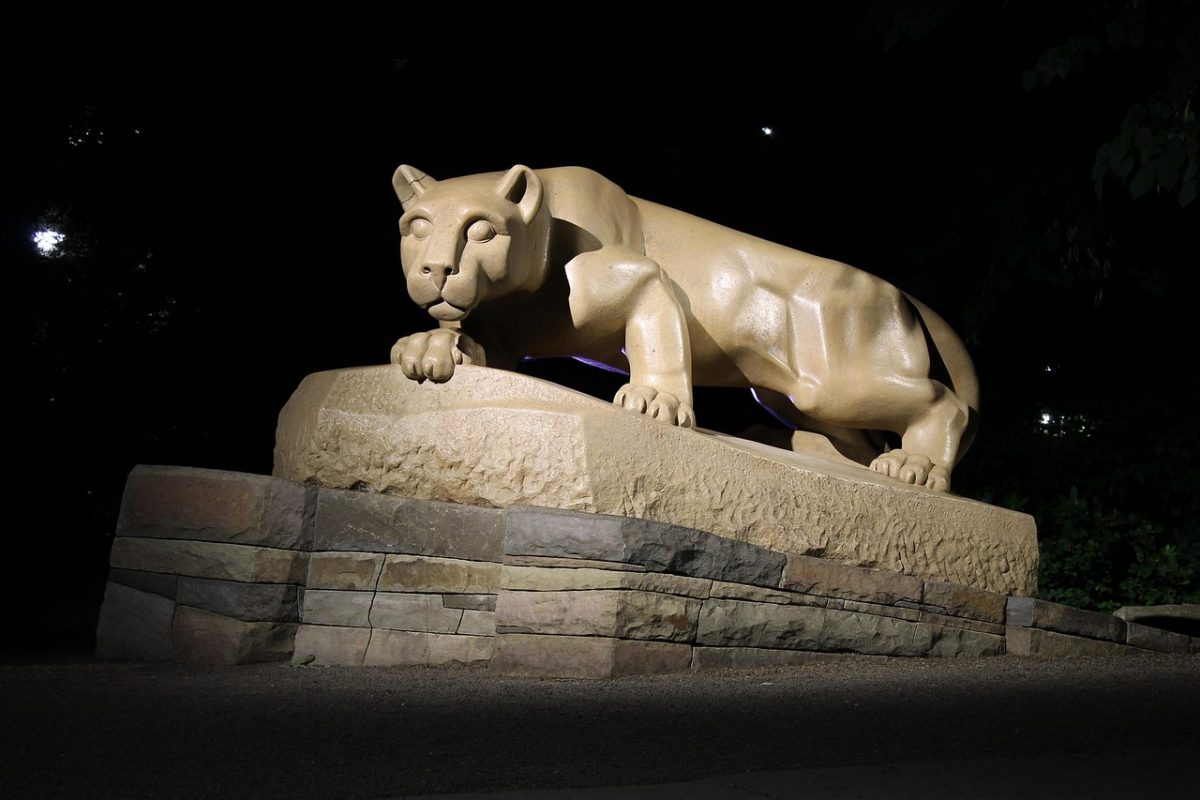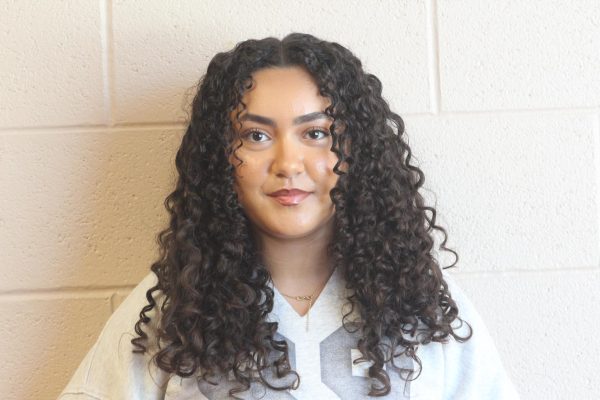Deceased loved ones hold a cherished place in the hearts of those who remember them, but in South America, there is a very beautiful celebration honoring their memory. The Day of the Dead—Dia de los Muertos—is a widely known Mexican holiday dating back thousands of years. On it, people honor their deceased loved ones and the life they had on earth.
On November 1, Dia de los Angelitos—Day of the Little Angels—begins at midnight, during which all the spirits of deceased children are believed to be reunited with their families for twenty-four hours. The name “angelitos” derives from the belief that baptized children who pass away at such a young age go directly to heaven due to their purity and innocence. Families typically construct an ofrenda—altar—with all of the child’s beloved items such as snacks, candies, toys, photographs to encourage them to visit, and sugar skulls bearing their names.
On November 2nd at midnight, the celebration transitions to the Day of the Adults—Dia de los Difuntos—and the night is filled with amazing memories. However, the ofrendas for the adults are a little different, featuring tequila, pan de muerto, and various delicious foods instead of toys and candy.
Ofrendas are believed to be the “heart and soul” of Dia de los muertos. These altars typically contain the four elements: Water, Wind, Earth, and Fire. Paper banners are hung, representing the element of wind. Water is displayed so the Almas—souls—can quench their thirst. Earth is represented by an array of the dead’s favorite dishes so that it can provide the souls with nourishment. Lastly, fire is defined by the candles placed throughout the display. Each candle represents a lost loved one.
The Cempasuchil-Marigold is commonly known as the “Flower of the Dead.” During October and November, this bright yellow flower blooms. It is believed that placing this flower on ofrendas and streets aids souls in coming back.
During this treasured holiday, communities and families come together to celebrate the dead. Laughs are shared, memories are exchanged, dancing takes place in the streets as mariachi bands play, and people dress up as skeletons, which are called “Catrinas” for women and “Catrines” for men.
Women wear a Cempasuchil-Marigold headband and a black or white maxi dress to convey the look of the “Catrina.” Men usually wear an embroidered suit with colorful skull makeup as well.
The roots of the celebration are heavily connected to Native Mexican belief that the life someone has on earth is just preparation for the next world, the afterlife, and that it is key to keeping a relationship with the dead.
Since pre-Hispanic times, the Aztecs commemorated their dead for two months in the summer. Miccailhuitontli (for children) and Huey Macuahuitl (for adults). When the Spaniards came over they moved this practice to one day, naming it All Souls’ Day.
Unfortunately, the Spaniards colonized most of these ancient civilizations, and Christianity and Catholicism modified many aspects and ideas of celebration.


